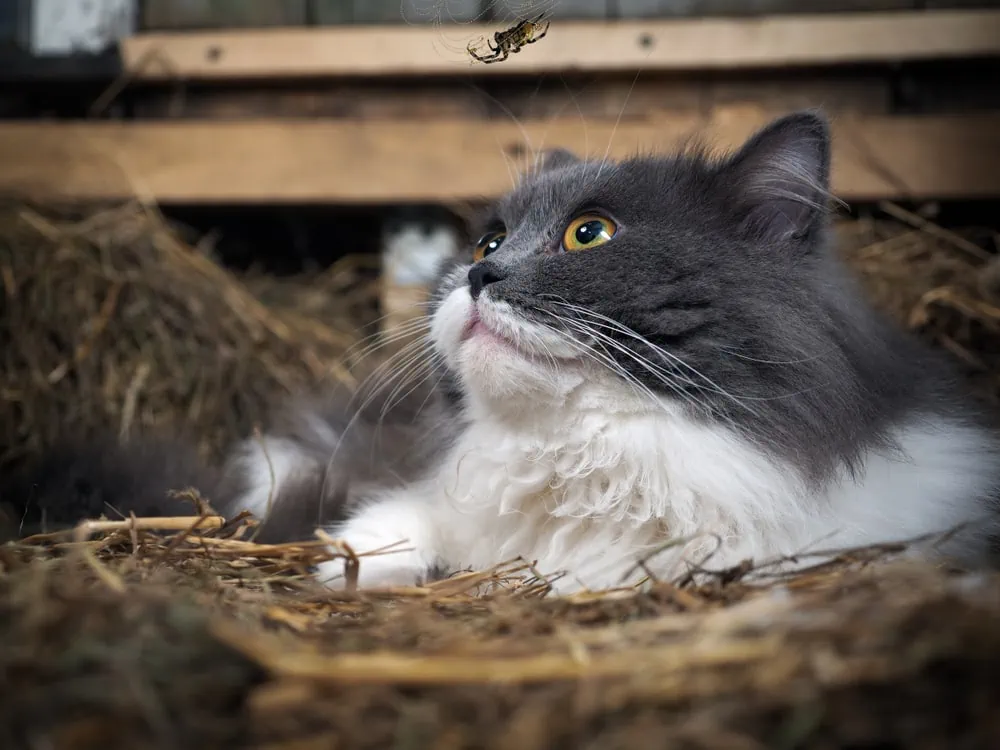
Posted on 05/28/2025 7:54:32 PM PDT by ConservativeMind
Investigators report that one in four hypersensitivity pneumonitis cases in their interstitial lung disease registry could be traced back to mold inside patients' homes, identifying chronic exposure to residential mold as a potential source of severe immune-mediated lung condition.
Household exposure has been associated with a range of illnesses, including asthma, chronic rhinosinusitis, and allergic bronchopulmonary mycosis. Physicians are often unable to connect residential environments with patient symptoms, in part due to limited diagnostic tools. Without clear exposure histories or validated testing methods, the role of mold in respiratory disease remains easy to miss.
In the study, researchers retrospectively examined records from patients diagnosed with hypersensitivity pneumonitis to identify those with confirmed residential mold exposure.
Medical records came from a single-center interstitial lung disease registry in Dallas, Texas, where 231 patients had been diagnosed with moderate to definite hypersensitivity pneumonitis between 2011 and 2019. Of the 231 patients, most in their early sixties, 54 had mold exposure inside their Texas residences, with 90% showing fibrotic disease and nearly 41% requiring oxygen support.
Mold resided chiefly in bathrooms, bedrooms, or central air-conditioning systems, usually after chronic pipe or roof leaks. Invasive testing supported the diagnosis in about 86% of cases.
Among 41 patients who eliminated household mold, five achieved more than 10 % gain in forced vital capacity within four months, including four with fibrotic disease, and none experienced significant decline.
Of those who eliminated mold exposure, 12.2% experienced marked improvement in lung capacity within months, including patients with fibrotic disease, traditionally thought less responsive to intervention. No patients worsened following exposure removal. Transplant-free survival reached a median of 97.7 months—comparable to patients exposed to avian antigens or mold outside the home.
Researchers urge clinicians to expand exposure histories and consider environmental assessments in patients with compatible imaging or respiratory symptoms.
(Excerpt) Read more at medicalxpress.com ...

Our cat loves to eat spiders... the bigger and gooier the better. Most of them are probably healthy to eat as well.

Nice looking cat.
It is just a stock photo... Our cat is a big orange hairy beast. He was a stray that we received through the “Cat Distribution System”. When he first started coming around, he appeared to be normal sized. But it turned out that he was just a kitten; he doubled in size and now weighs about 18 pounds. He dwarfs nearly all of the normal kitty accessories found on the market. Fortunately, he is good natured and is loves being the center of attention at every family get together. And of course, he loves hunting down bugs and spiders, torturing them and then eating them.
How old is he?
He is now about three. The vet said he will not be completely mature until he is about five. He is a Siberian, and they get pretty large sometimes.
There was a really big orange cat in my neighborhood when I was a kid. The paws on that cat were actually scary.
I wanted one like him, but never came across another one that big.
We have a granddaughter who is a teenager. Every time she comes over, she hunts down Teddy. Fortunately, Teddy puts up with her manhandling and dragging him around the house. He certainly is capable of nasty bites and cutting her to ribbons with his big paws if he wanted to. We try to keep his claws dulled up by clipping the ends because he is like a kitty demolition crew when he decides to start scratching on wood or furniture. We have scratching posts all around the house.
Disclaimer: Opinions posted on Free Republic are those of the individual posters and do not necessarily represent the opinion of Free Republic or its management. All materials posted herein are protected by copyright law and the exemption for fair use of copyrighted works.